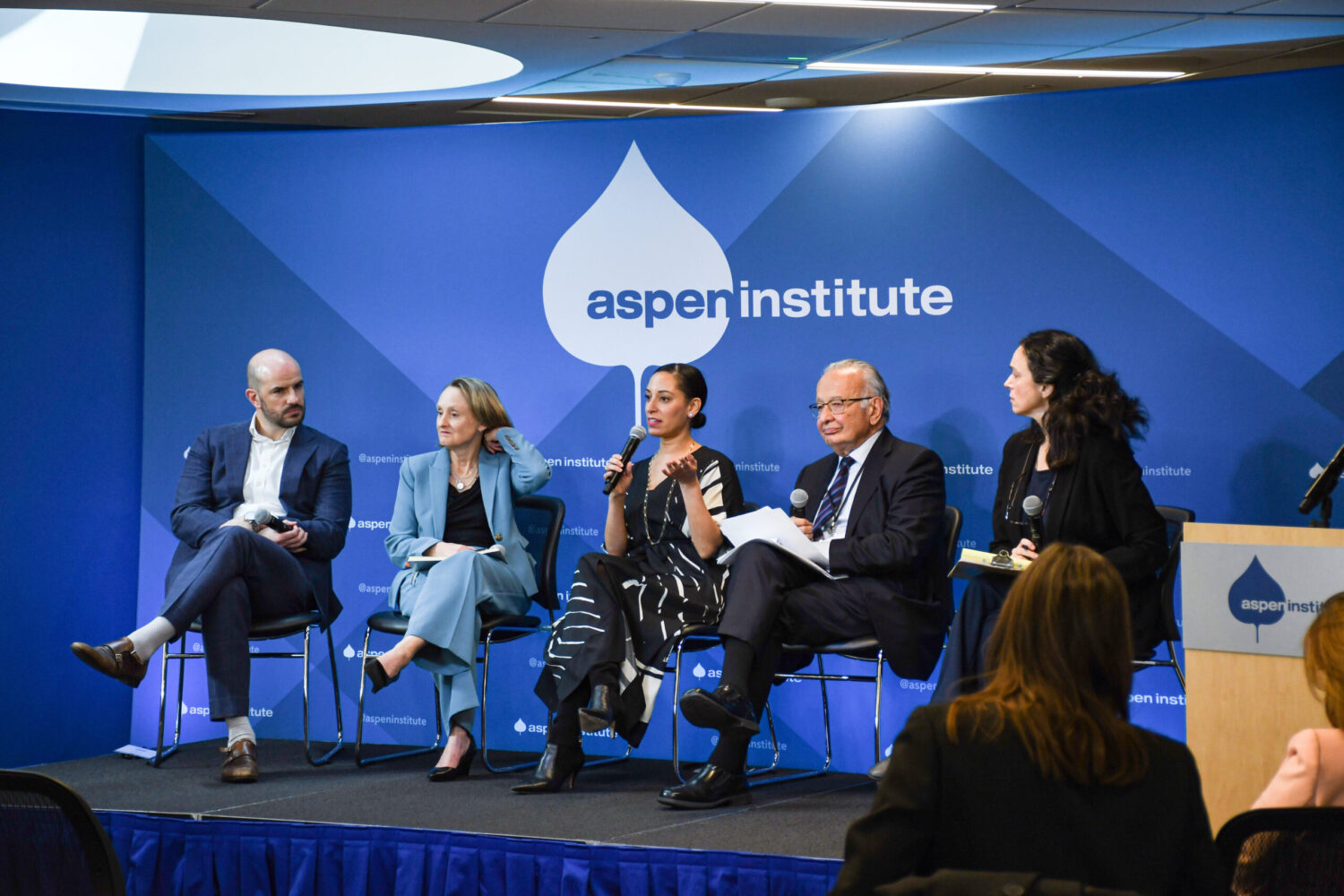Low- and middle-income countries confront a “double burden”: both underweight and overweight populations.
Extreme hunger has been reduced in recent years, but more than 790 million people worldwide don’t regularly get adequate amounts of energy from their diets.
U.N. Global Goal №2 is an end to hunger and malnutrition by 2030; if current trends continue, the target will be largely missed.
Children are still hard-hit by underweight malnourishment, which causes half of deaths for under-five year olds. Obesity, on the rise globally, is increasing faster in low- and middle-income countries.
The Global Alliance for Improved Nutrition (GAIN) says that large consumer-goods companies can turn their marketing chops on the problem.
“We have a powerful means to end malnutrition when we combine private sector consumer insights on what motivates consumers, with non-profit sector and government channels of delivery,” says GAIN’s Dominic Schofield.
Amway, the health and beauty company, for example, has been working with organizations like CARE to distribute nutrient packets to high-need communities. “It allows us to test different approaches and models to see what works best,” says Amway’s Jeff Terry. “Then, when we hit on one that works, we can take it to scale.”
Companies that leverage their product and business strengths and partner with government and non-governmental players on outreach and distribution can move the needle on malnutrition, GAIN’s Schofield says.
Initiatives that go even further to overcome income insecurity, poor education and lack of health care can address malnutrition’s underlying factors.
GAIN has been working with Unilever, for example, to improve the nutrition of 2.5 million farm families who supply Unilever’s food businesses, in particular female farmers, pregnant women and young children.
Photo credit: GAIN










